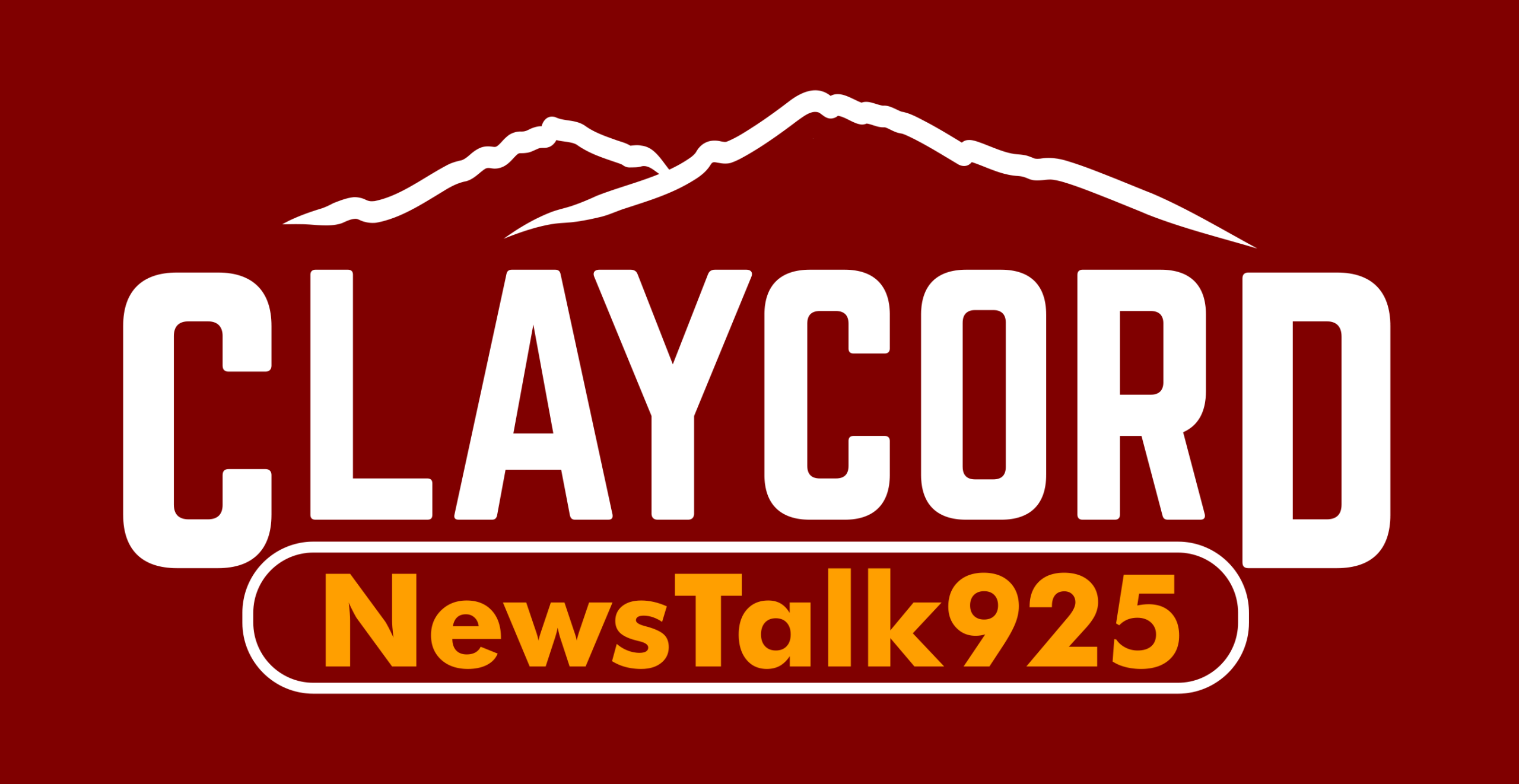The Bay Area’s transportation coordination and financing agency plans to allocate roughly $85 million to 22 of the region’s transit agencies in support of more than two dozen projects intended to make public transit more efficient to use.
The funding will support the implementation of the Metropolitan Transportation Commission’s Transit Transformation Action Plan, a 27-point project developed in 2020 by the MTC’s Blue Ribbon Transit Recovery Task Force.
Once complete, the plan would unify wayfinding, mapping and fare systems across the region’s public transit agencies while also making them easier to access for older adults, people with disabilities and low-income residents.
“One of the big takeaways from the Blue Ribbon Transit Recovery Task Force convened early in the COVID-19 pandemic is the urgency of making Bay Area transit simpler and more seamless,” MTC Chair and Napa County Supervisor Alfredo Pedroza said earlier this year.
Under the anticipated funding allocation plan, BART would receive the most of any transit agency in the region at nearly $31 million. The San Francisco Municipal Transportation Agency would receive nearly $27 million.
Most other transit agencies across the nine-county Bay Area would receive six-figure funding amounts to implement parts of the Transit Transformation Action Plan.
A handful of larger agencies like AC Transit, the Santa Clara Valley Transportation Authority and the Golden Gate Bridge, Highway and Transportation District would receive nine-figure funding allocations.
The $85 million in funding comes partially from the 2021 American Rescue Plan Act and partially from the state’s taxes on fuel and diesel fuel. The total funding pool will be allocated in tranches as projects are ready to proceed, according to the MTC.
Most projects in the Transit Transformation Action Plan were targeted for completion by the end of 2023, but some are expected to be completed later into the decade.
MTC officials expect to receive prototypes by 2024 of new integrated transit maps and signage to be placed at every transit station in the region. The maps and signs would then be designed and installed in 2025 and 2026.
Pilot programs are also ongoing for action plan projects like determining the viability of a single transit pass compatible with every public transit agency in the region. The two-year Clipper BayPass pilot began in August 2022.

